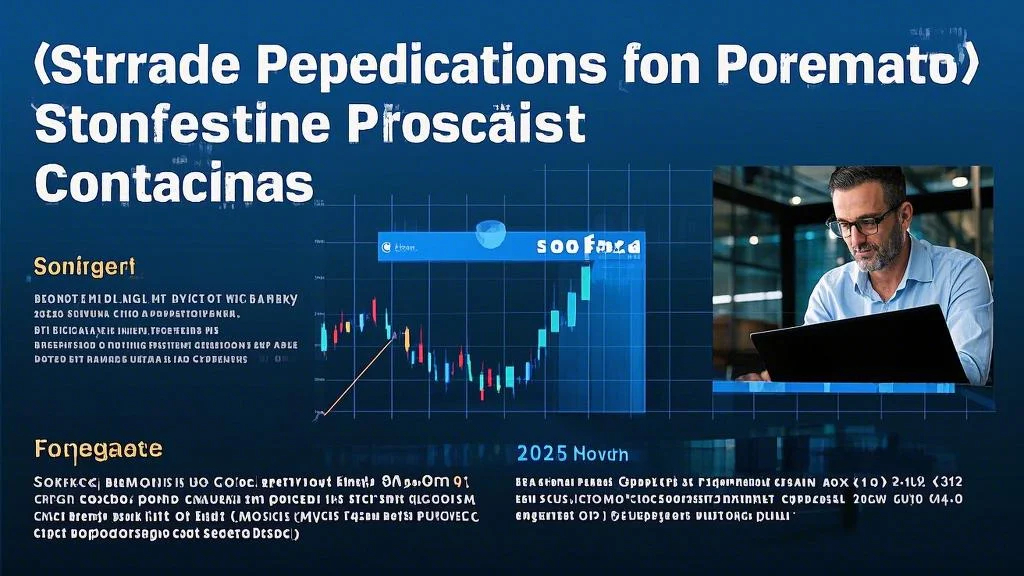Stock Market Predictions for 2025: What to Expect

Stock Market Forecast for 2025: Key Trends to Watch
As we look ahead to 2025, the stock market forecast is shaped by a mix of economic, geopolitical, and technological factors. While the market has shown resilience in recent years, potential headwinds such as inflation, rising interest rates, and geopolitical tensions could lead to increased volatility. However, long-term trends like digital transformation, renewable energy, and advancements in healthcare are expected to drive growth in specific sectors. Investors should also keep an eye on the Federal Reserve’s monetary policy, as economic recession predictions and interest rate decisions will play a significant role in shaping market performance. By staying informed about the stock market forecast and understanding the underlying trends, you can position your portfolio to capitalize on opportunities while managing risks.
Best Recession-Proof Stocks for 2025
In uncertain economic times, focusing on recession-proof stocks can help protect your portfolio from significant losses. These stocks belong to companies in sectors that provide essential goods and services, which remain in demand regardless of economic conditions. Healthcare, utilities, and consumer staples are classic examples, as people continue to need medical care, electricity, and everyday household items even during downturns. Companies with strong balance sheets, consistent cash flow, and a history of paying dividends also tend to perform well during recessions. For example, Johnson & Johnson and Procter & Gamble have historically been reliable performers during economic downturns. By incorporating recession-proof stocks into your portfolio, you can reduce your exposure to market volatility and ensure a more stable financial future.
Economic Downturn Strategies for Investors
Preparing for a potential economic downturn requires a proactive approach to investment strategy. One effective economic downturn strategy is to focus on high-quality companies with strong balance sheets and low debt. These companies are better positioned to weather financial challenges and continue paying dividends. Another strategy is to increase allocations to defensive sectors like healthcare, utilities, and consumer staples, which tend to perform well during recessions. Additionally, consider diversifying your portfolio with alternative investments such as real estate, commodities, and infrastructure, which can provide stability and inflation protection. Regularly reviewing and rebalancing your portfolio is also important, as market conditions and economic outlooks can change rapidly. By adopting these economic downturn strategies, you can navigate uncertain times with confidence and protect your investments.

Economic Recession Predictions and Their Impact on Markets
As economists and analysts debate the likelihood of an economic recession in 2025, investors must consider the potential impact on their portfolios. A recession typically leads to reduced consumer spending, lower corporate earnings, and increased market volatility. However, not all sectors are equally affected. Defensive sectors like healthcare, utilities, and consumer staples tend to hold up better, as demand for essential goods and services remains relatively stable. On the other hand, cyclical sectors like technology, travel, and luxury goods often experience significant declines. By staying informed about economic recession predictions and understanding how different sectors respond to economic downturns, you can adjust your investment strategy to mitigate risks and capitalize on opportunities.
Emerging Markets Investment: Opportunities and Risks
While developed markets may face challenges in 2025, emerging markets offer unique opportunities for growth. Countries with young, growing populations and rapidly expanding economies, such as India and Vietnam, are expected to drive global economic growth in the coming years. However, investing in emerging markets comes with its own set of risks, including political instability, currency fluctuations, and regulatory challenges. To mitigate these risks, consider diversifying your investments across multiple countries and sectors. Additionally, focus on companies with strong fundamentals and a proven track record of performance. By incorporating emerging markets investment into your portfolio, you can tap into high-growth opportunities while managing potential risks.
How to Build a Resilient Portfolio for 2025
Building a resilient portfolio for 2025 requires a combination of strategic planning and diversification. Start by focusing on high-quality companies with strong balance sheets and consistent cash flow, particularly in defensive sectors like healthcare and utilities. Incorporate recession-proof stocks to reduce your exposure to market volatility. Additionally, consider diversifying your portfolio with alternative investments such as real estate, commodities, and infrastructure, which can provide stability and inflation protection. Regularly reviewing and rebalancing your portfolio is also important, as market conditions and economic outlooks can change rapidly. By staying informed about the stock market forecast and adopting effective economic downturn strategies, you can position your portfolio for long-term success in an uncertain economic environment.
Conclusion: Navigating the Stock Market in 2025
As we approach 2025, the stock market forecast is filled with both challenges and opportunities. By focusing on recession-proof stocks, adopting effective economic downturn strategies, and staying informed about economic recession predictions, you can build a resilient portfolio that withstands market volatility. Additionally, exploring emerging markets investment opportunities can provide growth potential in a changing global economy. By taking a proactive and diversified approach, you can navigate the uncertainties of 2025 and position yourself for long-term financial success. The key is to remain informed, adaptable, and focused on your long-term investment goals.